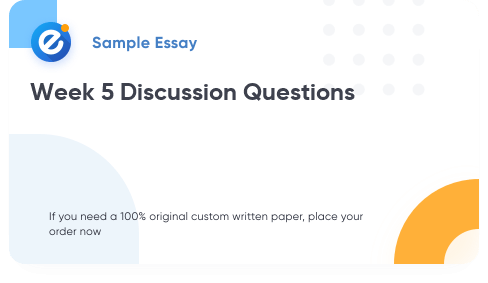
The nature of business can sufficiently influence the cash budgeting policy of the organization. It is impossible to run a financial institution or a mall store business without cash. Therefore, businesses that depend on the amount of visitors/buyers daily will need to have more cash fixed in their budget. However, a factory or a plant (in other words – a manufacturing institution) requires cash only once a month when the salaries are to be paid, so the demand of cash may be not that large-scale.
However, this may vary from time period to time period because the planning manager has to consider the accounts receivable, accounts payable, credit and cash expectations of the following quarter and other articles in the financial statement. Therefore, those businesses with many accounts to be paid for and received require more cash, and typically it is a financial institution like a bank or a credit union.
For example, cash defines the reliability and the liquidity of a bank, and if no cash is available it may lead to total failure. On the other hand, on a plant there might be days when there is little cash available just because it is not needed and there are not as many accounts receivable/payable, and the most part of the payments in cash is transferred to suppliers and staff. However, when it comes to repaying earned interest, dividends, taxes, and capital expenditure there may be a different situation.
Calculate the cost of essay
Looking at the types of budget used by Kraft Foods Company (UK) we can see that the following types of budget are used: zero-based budget that helps Kraft to start all fresh and involve innovations, income and expenses budget that helps to track all financial changes and forecast for the next period, strategic budget that helps Kraft Foods to take the advantage of the new emerging opportunities, rolling budgets that provide information on the previous 12-months period and forecast for the following year, and activity-based budget that ranks activities by priority and forms the corresponding budget.
A flexible budget is an evaluation tool that adjusts the static budget according to the changes in the volume of activity, and therefore, it cannot be prepared before the period ends. This is a more complex and useful tool than static budget. However, the companies still need to use both of them for effective completion (Averkamp, 2012). Flexible budgeting may be used by any company but it should be particularly considered by the companies that depend mostly on the variable expenses that may even outweigh the fixed ones.
Limited Time
special offer
Flexible budgets are useful because they can adjust the existing plan according to the alterations that were made when the time period has already started. It also ties expenses both to the revenue levels and other activities (Averkamp, 2012). Flexible budgeting offers improved performance evaluation along with uncertainty analysis and variance analysis.
Variances take place when certain changes occur in the volume of activities. Variances reflect of how far these changes may go theoretically. It influences the level of variable manufacturing expenses. The analysis of variances provides comparison of the planned costs and the actual costs. It is important to investigate budget variances when the company needs to track the new trends, opportunities, threats and issues emerging in the market (Gelman, 2004). It also provides good control over the expenses, so this analysis should primarily be considered by the companies that run in a competitive market with innovations that ‘pop-up’ on a regular basis. For example, it may be an IT company. Variance analysis is also helpful for businesses that involve many risks (Gelman, 2004).
Benefit from Our Service: Save 25%
Along with the first order offer - 15% discount, you save extra 10%
since we provide 300 words/page instead of 275 words/page
There are seven major factors of variance that need to be considered for any business: capacity, spending, labor rate, material quantity, efficiency, material price, and labor efficiency. As a manager, I would handle the variances by working out several alternative plans for each possible variance interval trying to meet the budget requirements and pass through the sudden changes successfully. It is impossible to calculate which specific figure form the theory will come to real life, so I would take intervals for my analysis.

